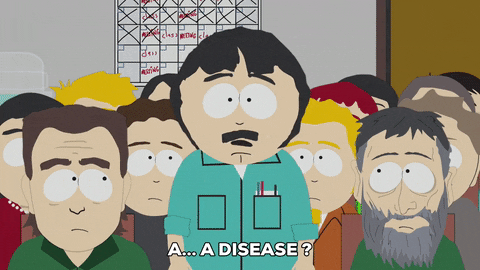How to Disinfect Electronics the Right Way
- 4 mins
Electronics have been an essential part of furthering education for today’s youth. Advances in technology have allowed us to learn and teach more efficiently than ever before.
However, with the increased adoption of electronics in our learning environments comes an increased need for keeping these devices clean and safe to use as well - especially in the times we are currently facing.
Dangers of Improper Cleaning
There are a handful of risks that present themselves when we think about transitioning back to schools and bringing our old methods of electronic maintenance with us.
With the duration that COVID-19 can live on surfaces, the risk of indirect transmission of disease due to the shared use of electronics has never been higher.

To make matters worse, even if you are being proactive and cleaning devices after each use, harsh chemicals and abrasive materials may still be detrimental to the health of your electronics.
Exposure to these substances can also pose risk to students and staff with sensitive respiratory and skin conditions.
Providing education on the risks of improper electronic sanitization will be a major necessity when the floodgates are unleashed. Here are a few important things to keep in mind.
What electronics need to be cleaned the most?
We can’t just go around wiping down every single thing that has an electric current running through it. Certain devices have a higher chance of being used by more than one person, thus leading to a higher chance of viral exposure.
The items most likely to be used by many are:
-
Keyboards/Mice - These two are some of the worst offenders. Every click and keystroke has a chance to expose you to something nasty.
-
Headsets - Using shared headsets in class? Not everyone has a clean head - be wary!
-
Laptops - Similar to the keyboard/mouse issue, but portable (and also touchscreen a lot of the time as well!)
-
Kiosks/Vending Machines - A lot of schools have different kiosks and machines where things like clocking in and getting a snack require multiple touches to the device.
-
Phones - Whether it’s a call down to the office or students passing their phones back and forth, phones are constantly being touched and brought within close proximity of your face.
You don’t have to start wearing a full hazmat suit to continue using these devices, but it’s important to recognize the risks associated with them.

What are the best products and methods to use?
Sadly, you can’t grab any old cleaner and scrub away like you would for a table or floor. Electronics are a bit more sensitive than that.
So what can you use? The best things to use for cleaning your devices are:
-
Isopropyl Alcohol - The magic substance. Be careful not to use too much though - some displays are a bit more sensitive and can be damaged by this.
-
Microfiber Towels - Your best friend when it comes to electronics cleaning! The tiny fibers in these cloths grab onto dirt very well - and - they’re washable!
-
Compressed Air - Keeping a can of compressed air around will save you when it comes to clearing away dirt from a keyboard or needing to rid a machine of some debris.
-
Distilled Water - Believe it or not, water can actually be used for good when it comes to electronics! Just be sure to use distilled water to avoid any contaminants being added into the mix, and leave enough time to dry before use!
-
Cotton Swabs - Great for getting into those hard to reach areas (like ports and the edges of displays) to clear away any lingering dirt.
-
Toothbrushes - Similar to cotton swabs, a toothbrush can be very useful for scrubbing and eliminating any caked on gunk. They are gentle enough to not harm your electronics, but firm enough to get into those annoying spaces.
-
UV Light Disinfecting Machines - This emerging technology is gaining popularity for it’s efficiency and ease of use and can be a great adoption for your district to quickly process devices that need to be disinfected.
Ready to get started? You’ll always want to begin by identifying what you’ll be using to clean. If you’re unsure, you can’t go wrong with a 50/50 mixture of isopropyl alcohol and water, and a microfiber towel to handle to scrub-work.
Okay, so now you know what to use, but how do you begin to use these items? We recommend always clearing away dirt/debris before you begin cleaning to avoid creating streaks or scratches on your devices.
After that, it’s go time.

Conclusion
It’s impossible to avoid the use of electronics, especially in our learning institutions, so we must be sure to treat them properly to ensure their longevity, mitigate the spread of disease, and go back to school with confidence.


